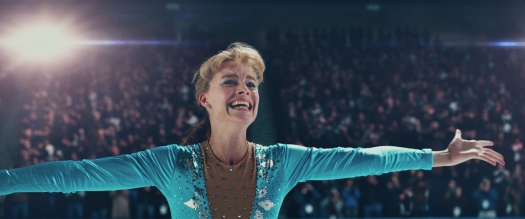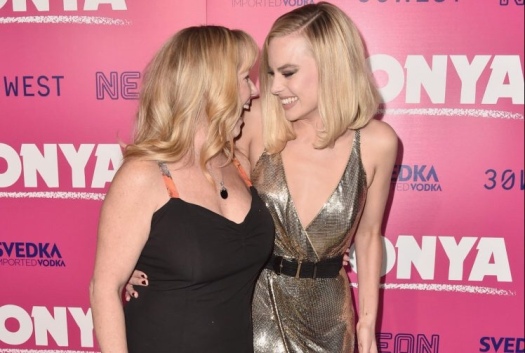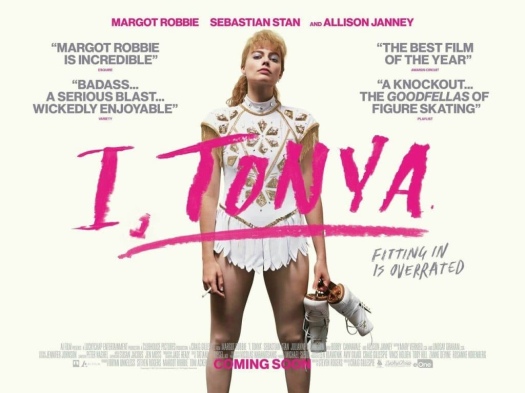I, Tonya is a biographical drama film that tells the true story of Tonya Harding, a competitive figure skater, who in 1991 became the first American skater to land a triple axel in competition but saw her world crumble in 1994 when her ex-boyfriend and a team of individuals conjured a plan to injure Nancy Kerrigan, a fellow Olympic skating hopeful. Tonya Harding has been, and probably forever will be, associated with one of the most infamous sporting scandals; however, what this film attempts to do is shine a light on her life and experiences and provide viewpoints that may change how we view the scandal.

This film was nothing like what I expected it to be but in the best kind of way. I loved the innovative filming style. The interviews with the characters, shown in a mokumentary-style, were intertwined with sequences taking us through the key events of Tonya’s life. Although at first the breaking of the fourth wall caught me off guard, it didn’t take long for it to feel natural. What this film was able to do is take something that is naturally avoided in filmmaking and use it in a way that worked effectively to capture the essence of the film and the overall messages that were being portrayed.
Whilst this film has been widely criticised for making Harding appear to be the victim rather than Kerrigan, the main thing I admired about it was the complexity of the many sides to the story that were presented on screen. The writer, Steven Rogers, decided to “put everybody’s point of view out there, and then let the audience decide” where they stood after interviewing Tonya and her ex husband Jeff separately and realising their versions of the events were nothing alike. The creators claim that the film is unbiased but it is clear that Tonya is supposed to be the protagonist. Even so, they successfully presented the imperfections of everyone involved thus allowing the complicated nature of the entire scandal to shine through. After looking over the features of realist and expressive cinema in our recent film studies lessons, it is interesting for me to see how the rules of cinema have evolved. I, Tonya is quite obviously miles and miles away from realism due to its use of film elements to manipulate the audience (used by almost every single film nowadays); however, it does claim to mirror reality through its retelling of events and the idea of showing reality through the use of expressionism and artistic manipulation is one that is becoming increasingly more present in cinema of the 21st century.

One scene in particular that stood out to me was that of Tonya successfully completing a triple axel during a competition, an event that went down in history as one of the more joyous skating achievements. Tonya, played by Margot Robbie, is visibly excited whilst recalling the event before composing herself and saying in a bitter sweet tone that “no one really asks [her] about it anymore”. The line left a pain in my heart and perfectly showed the scary reality of the media’s impact on our lives. It’s no secret that the media is able to manipulate information to gather a broader response and this was a great example of that; rather than focusing on her achievements and work, interviewers after 1994 decided to focus solely on the incident with Nancy Kerrigan and repeatedly ask Tonya for her side of the story which remained the same every time she answered: she had nothing to do with it (or so she claims). It seems that the media nowadays are more focused on the image of the “celebrity” and Hollywood scandals than the actual talent and work coming from the people themselves and whilst the film doesn’t explicitly make this a standout theme, its presence is undeniable.

(Above: The real Tonya Harding and Margot Robbie)
Overall, I, Tonya was an amazing film complete with innovative techniques, jaw dropping scenes and amazing performances from Margot Robbie and Allison Janney, who played Harding’s mother in the film and bagged an oscar for best supporting actress in the process. The film was a tragedy mixed with humour and bias that provided an insight to an event that dominated the media in the 1990s and, thanks to the creative works of Craig Gillespie and Steven Rogers, is able to be perceived by a new audience through different perspectives.

